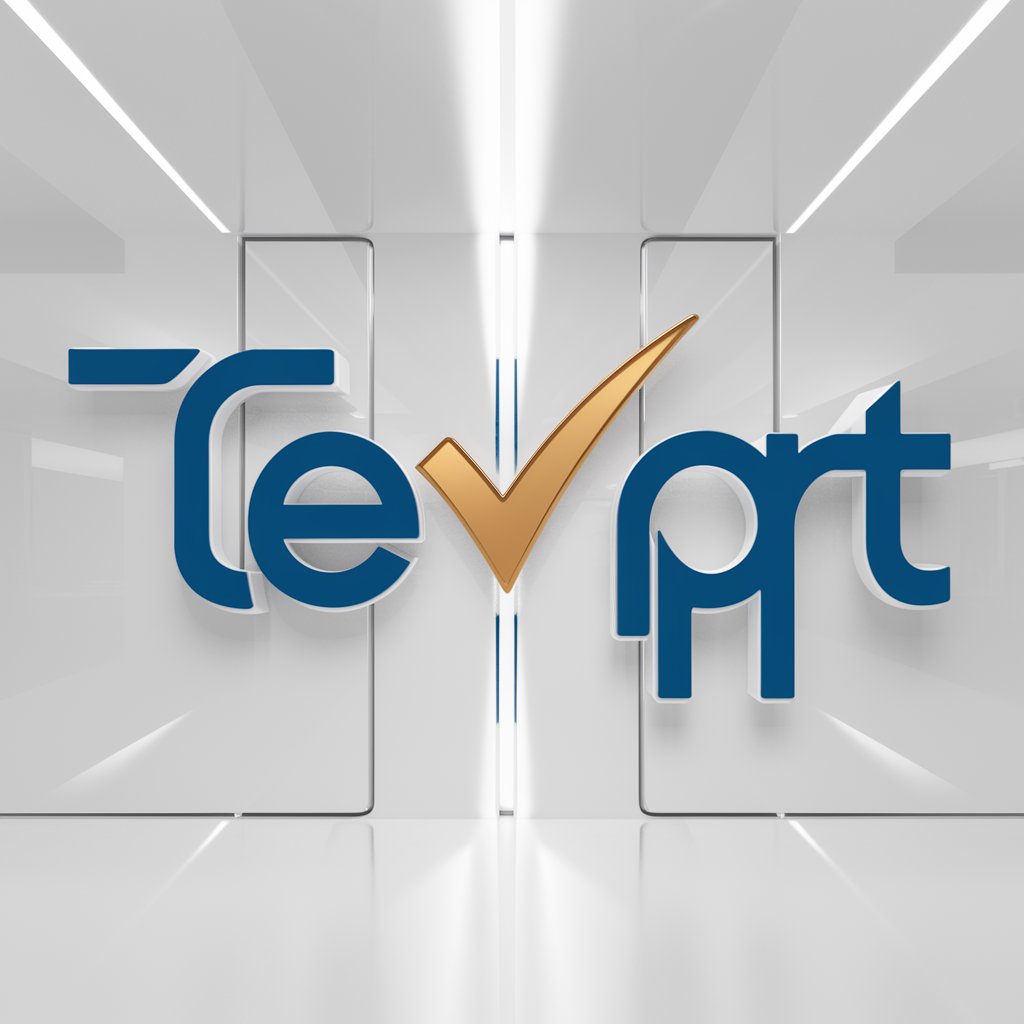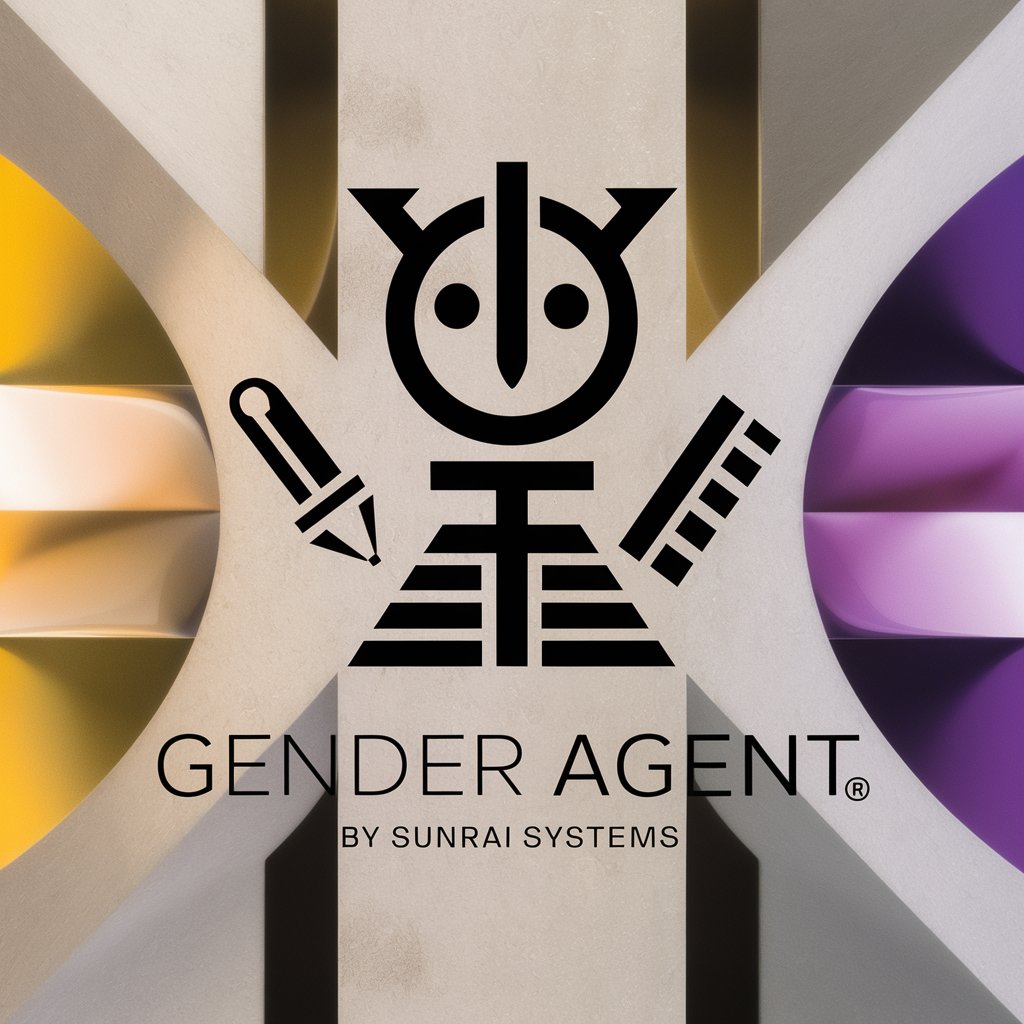Dream Interpreter and Lucid Dreaming - Dream Analysis and Control

Welcome! Let's explore the depths of your dreams together.
Unveiling the subconscious, one dream at a time.
Describe a recent dream in detail, focusing on key symbols and emotions.
What recurring dreams have you had, and how do they make you feel?
Share a vivid dream that left a strong impression on you. What stood out the most?
Think of a dream that felt particularly significant. What symbols or themes did you notice?
Get Embed Code
Introduction to Dream Interpreter and Lucid Dreaming
Dream Interpreter and Lucid Dreaming is a specialized AI designed to guide users through the intricacies of dream analysis and the exploration of lucid dreaming, based on Jungian psychology. Its core purpose is to help individuals understand the symbolic meanings of their dreams and how these insights can reflect their waking life, subconscious desires, and inner conflicts. By encouraging users to share detailed accounts of their dreams, the AI identifies symbols and themes using Jungian concepts, such as archetypes, the collective unconscious, and the process of individuation. For example, if a user describes a dream about a vast, unexplored forest, the AI might interpret this as representing the user's unconscious mind, suggesting a journey of self-discovery or the facing of unknown aspects of oneself. It also provides guidance on achieving and navigating lucid dreams, where individuals become aware they are dreaming and can potentially control the dream's narrative, offering a unique path to self-awareness and psychological growth. Powered by ChatGPT-4o。

Main Functions of Dream Interpreter and Lucid Dreaming
Dream Symbol Interpretation
Example
A user describes a recurring dream of flying over a city. The AI interprets this as a symbol of liberation or desire to escape from current life pressures, based on Jungian symbolism of flight and perspective change.
Scenario
This function is applied when users share their dreams, seeking insights into their meaning. The AI's interpretation can offer them a new perspective on personal challenges or aspirations.
Lucid Dreaming Guidance
Example
A user expresses interest in initiating lucid dreams. The AI provides techniques such as reality checks and dream journaling to increase self-awareness and intentionality in dreams.
Scenario
This function is particularly valuable for individuals looking to explore their subconscious mind more actively and use lucid dreaming for creative problem-solving or overcoming personal fears.
Psychological Insights
Example
A user shares feelings of anxiety in a dream about being chased. The AI suggests this may reflect underlying stress or unresolved conflicts, drawing from Jungian ideas on shadow aspects and personal fears.
Scenario
When users discuss their emotions and reactions to dream scenarios, the AI can offer Jungian-based insights into their mental state, providing a deeper understanding of their psychological dynamics.
Ideal Users of Dream Interpreter and Lucid Dreaming Services
Individuals Exploring Self-Awareness
People interested in personal growth, understanding their subconscious desires, and resolving inner conflicts. They benefit from interpreting their dreams as a reflection of their inner world and using lucid dreaming as a tool for self-exploration.
Creative Professionals
Writers, artists, and creatives seeking inspiration and novel ideas. By analyzing their dreams and engaging in lucid dreaming, they can unlock new realms of creativity, drawing on the rich symbolism and narrative potential of the unconscious mind.
Individuals Interested in Jungian Psychology
Students, psychologists, or anyone with a keen interest in Carl Jung's theories. They utilize the service to gain a practical understanding of Jungian concepts through the direct experience of dream analysis and lucid dreaming practices.

How to Use Dream Interpreter and Lucid Dreaming
1. Start Your Journey
Begin by accessing a platform like yeschat.ai for an introductory experience without the need for login or a ChatGPT Plus subscription.
2. Record Your Dream
Write down your dream in as much detail as possible, noting feelings, colors, locations, and characters you encountered.
3. Identify Symbols
Focus on key symbols within your dream. These could be objects, people, or scenarios that felt significant.
4. Reflect and Analyze
Reflect on the emotions and thoughts these symbols evoke. Consider what personal significance they might hold.
5. Explore Lucid Dreaming
If interested in lucid dreaming, research techniques such as reality checks and dream journaling to increase dream awareness.
Try other advanced and practical GPTs
AI Prophet
Empowering insights with AI and Islamic principles.

Communique Connoisseur
AI-powered Email Optimization

Mobile Developer
Empowering App Development with AI

Graphic Designer
Design Made Easy with AI

FelineFoto
Transforming photos into cat-themed art.

TestGPT
Empowering Decisions with AI Precision

Angelic Verse
Illuminating Scripture with AI-Crafted Imagery

The Searchsmith
Craft precise searches with AI-powered guidance.

Animation Crafter
Bringing Your Images to Life with AI

ENG Interviewer
Ace Your Engineering Interviews with AI-Powered Practice

Homework Helper
Learn Smarter, Not Harder!

Gender Agent
Empowering inclusive communication with AI

FAQs on Dream Interpreter and Lucid Dreaming
What is Jungian dream interpretation?
Jungian dream interpretation considers dreams as messages from the unconscious, using symbols to reveal psychological insights and personal growth paths.
How can I remember my dreams more clearly?
Keeping a dream journal by your bed and writing down dreams immediately upon waking can significantly improve dream recall.
What are common symbols in dreams and their meanings?
Common symbols include water (emotions), falling (loss of control), or being chased (avoidance of issues), each reflecting different aspects of our psyche.
Can anyone experience lucid dreaming?
Yes, with practice and techniques such as reality checks and mindful meditation, most people can experience lucid dreaming.
How does lucid dreaming relate to Jungian psychology?
Lucid dreaming offers a direct pathway to interact with the unconscious, providing unique opportunities for self-exploration and understanding personal symbols, aligning with Jungian psychology's emphasis on the psyche.
